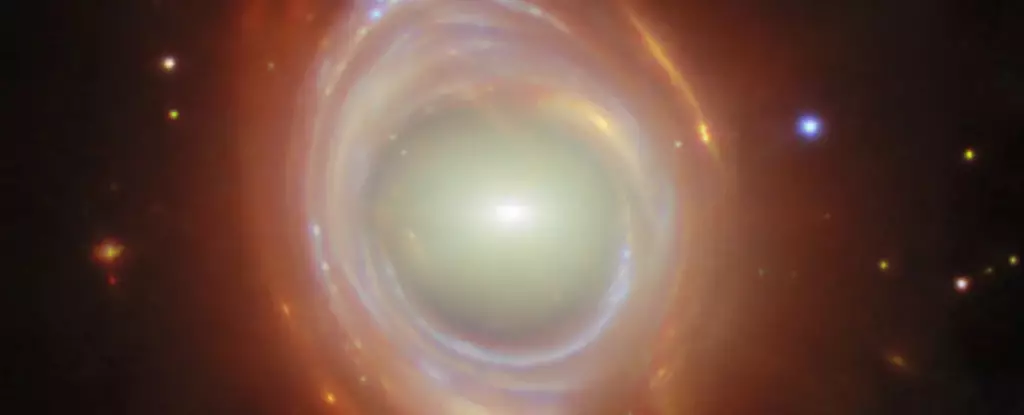One of the most mesmerizing predictions stemming from Einstein’s theory of general relativity is the gravitational lensing phenomenon. This remarkable effect was first validated during a total solar eclipse in 1919, when astronomers observed the bending of starlight around the sun, creating an apparent shift in the position of stars. Although this effect can seem esoteric, it is fundamentally elegant and reveals much about the fabric of our universe. It exemplifies the intricate interplay between the massive objects in space and the light that travels through the cosmos.
The Mechanics of Gravitational Lensing
At its core, gravitational lensing occurs when a massive object, like a galaxy or a cluster of galaxies, lies between an observer and a more distant light source, such as another galaxy. The gravitational field of the closer object bends the light from the distant source, resulting in warped or duplicated images of the background galaxy. This can yield stunning visual phenomena, including the formation of an Einstein Ring, where the alignment is so precise that the distant galaxy appears as a complete ring of light encircling the foreground mass.
For those of us who gaze into the heavens with wonder, such observations are nothing short of miraculous. The ability to see the universe’s secrets unfold through intelligent use of technology, such as the advanced instrumentation of modern telescopes like the James Webb Space Telescope (JWST), is both a triumph of human ingenuity and a reminder of the complexities of our universe.
Einstein Rings: Nature’s Masterpieces
The allure of gravitational lensing deepens when we consider the astoundingly rare Einstein Rings. These celestial masterpieces are formed only when light from a distant galaxy aligns perfectly with a foreground galaxy. The JWST has been instrumental in capturing breathtaking images of these rings, offering an unparalleled view into the depths of the cosmos.
One recent discovery involves an elliptical galaxy at the heart of the galaxy cluster SMACS J0028.2-7537, where a spiral galaxy resembling our Milky Way is illuminated in a brilliant ring formation. Such images present an aesthetic beauty that transcends scientific significance; they inspire a visceral connection to the universe’s artistry.
Perception and Perspective in Astronomy
However, the delight of discovering these phenomena is not only a tribute to human capability; it also underscores the importance of perspective. The stunning images captured by telescopes like JWST are visible to us solely from our vantage point in the universe. Astronomers stationed in other galaxies would experience an entirely different cosmic landscape, illustrating how beauty is not just in the eye of the beholder, but intricately tied to their position within the vastness of space.
This perspective invites a thrilling contemplation of our existence. We are not mere observers but participants in a grand cosmic narrative. Each gravitationally lensed galaxy layer reflects the stories written in the stars, encapsulating eons of time and the dynamics of cosmic ascendance – a reminder that our quest for knowledge is ever illuminated by the splendor of the universe around us.


Leave a Reply